Five Trends in Education Facility Design
Five trends to help you design optimal environments for education
By Ariana DiPierno


Through industry research and interfacing with Interior Designers, it is clear that a post-pandemic recalibration period for educational facility design is still underway. As needs continue to evolve, our Design Services team has identified five trends to help you design optimal education environments.
1. Effective and Aesthetic Acoustic Management
Acoustic ambiance continues to be top of mind for designers in all commercial spaces. When it comes to curating places for collaboration and learning, designers want to make sure acoustics are managed efficiently by materials that are aesthetic and contribute to the overall design of the space.
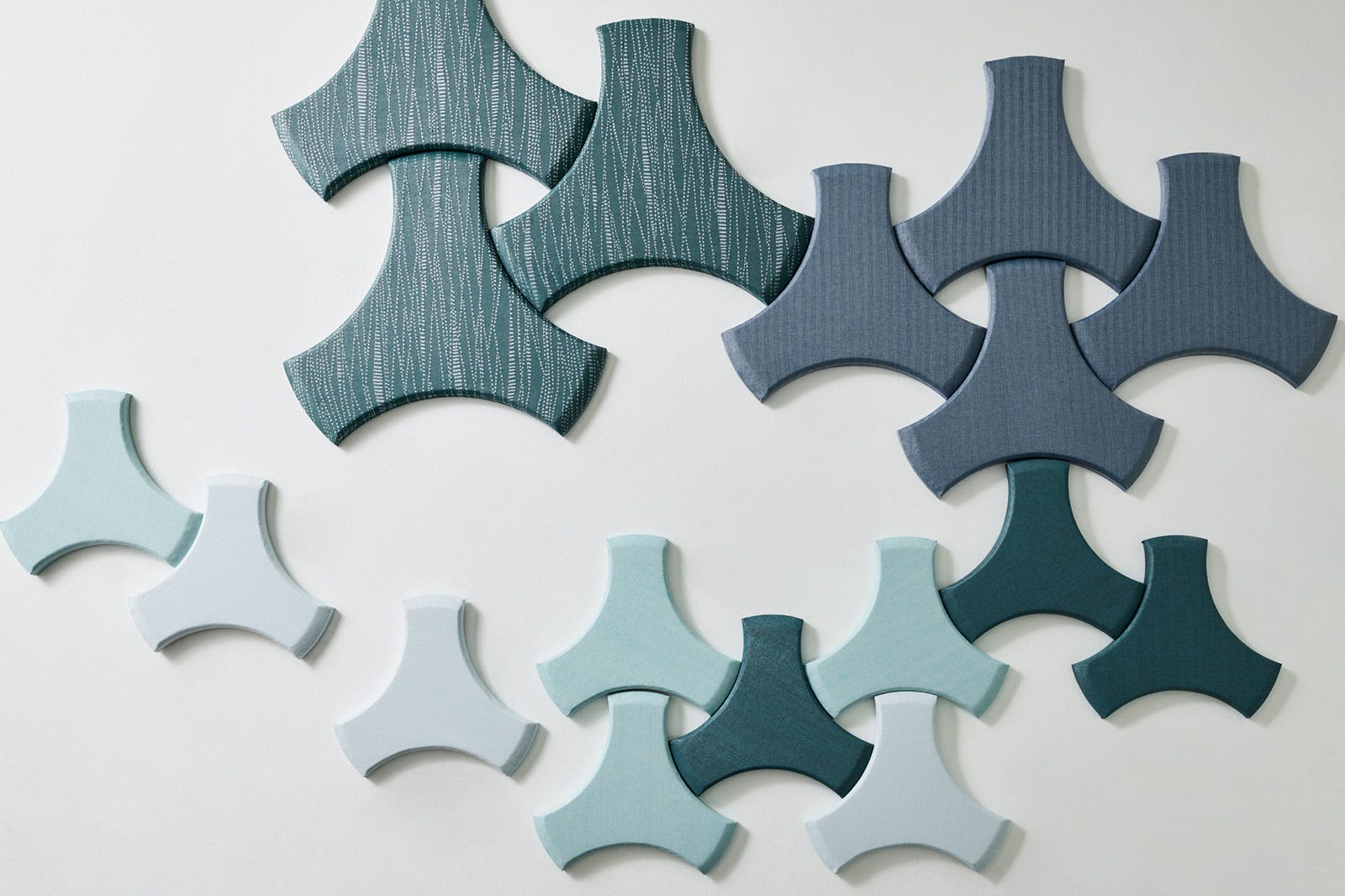

2. Utilization of Color Psychology
Spaces that are accessible, usable, and inclusive are imperative to support the expansion of minds and diversification of ideas. Staying within brand colors (or school colors) while utilizing color psychology continues to be a popular request. Whether that means utilizing softer hues on either side of a color, using trauma-informed color palettes, or incorporating colors known to facilitate certain human emotions, educational spaces are aiming to push the needle on inclusivity by way of color choice.
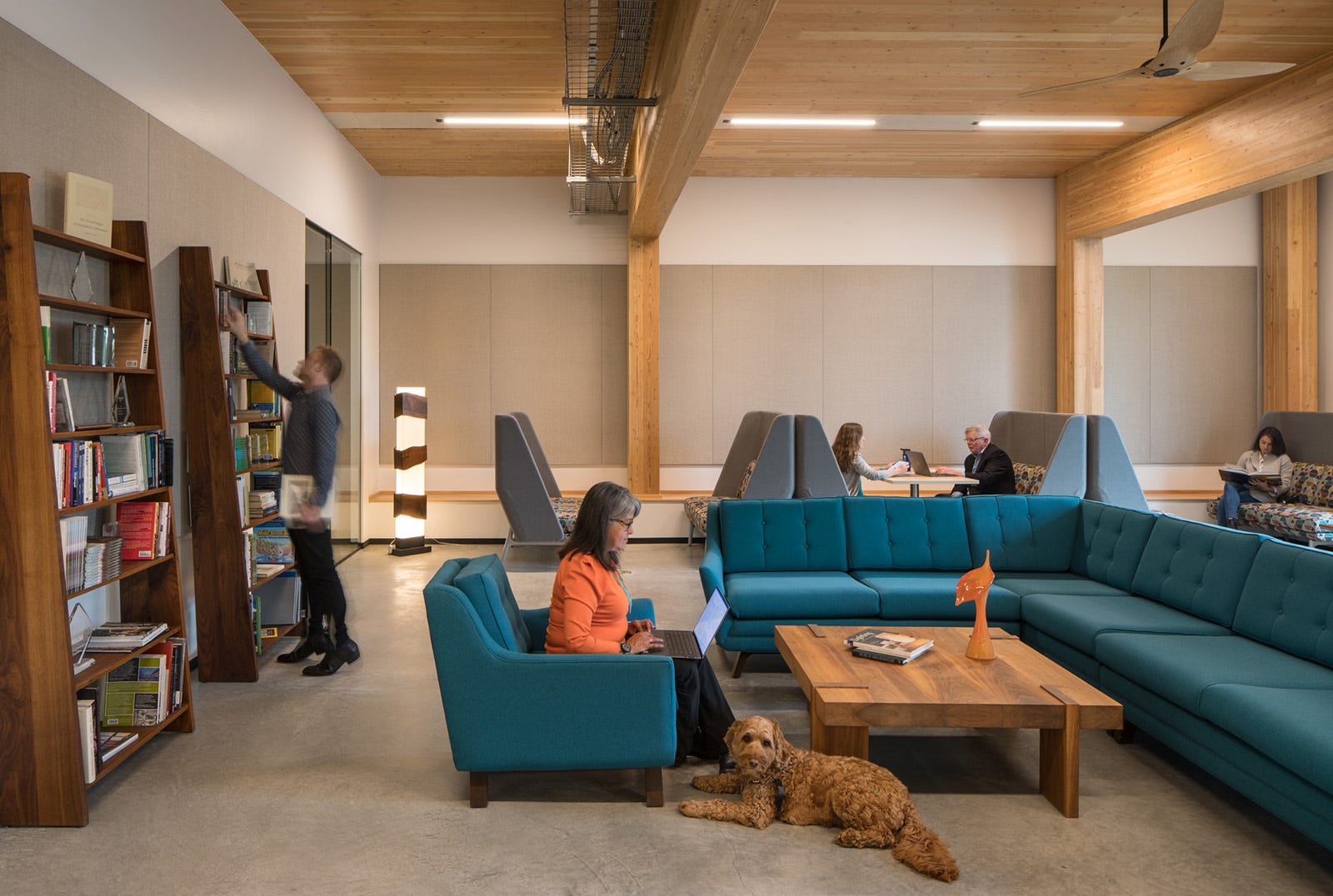

3. Multi-Use Spaces
The demand for flexibility in educational facilities has never been higher. Functionality in design planning is key and when budgets are conservative, creative design is warranted. Designers are leaning into more durable, cleanable, and economic textiles in order to make sure that these multi-purpose spaces are built to withstand years of rigorous use and support facility needs without degrading in quality.
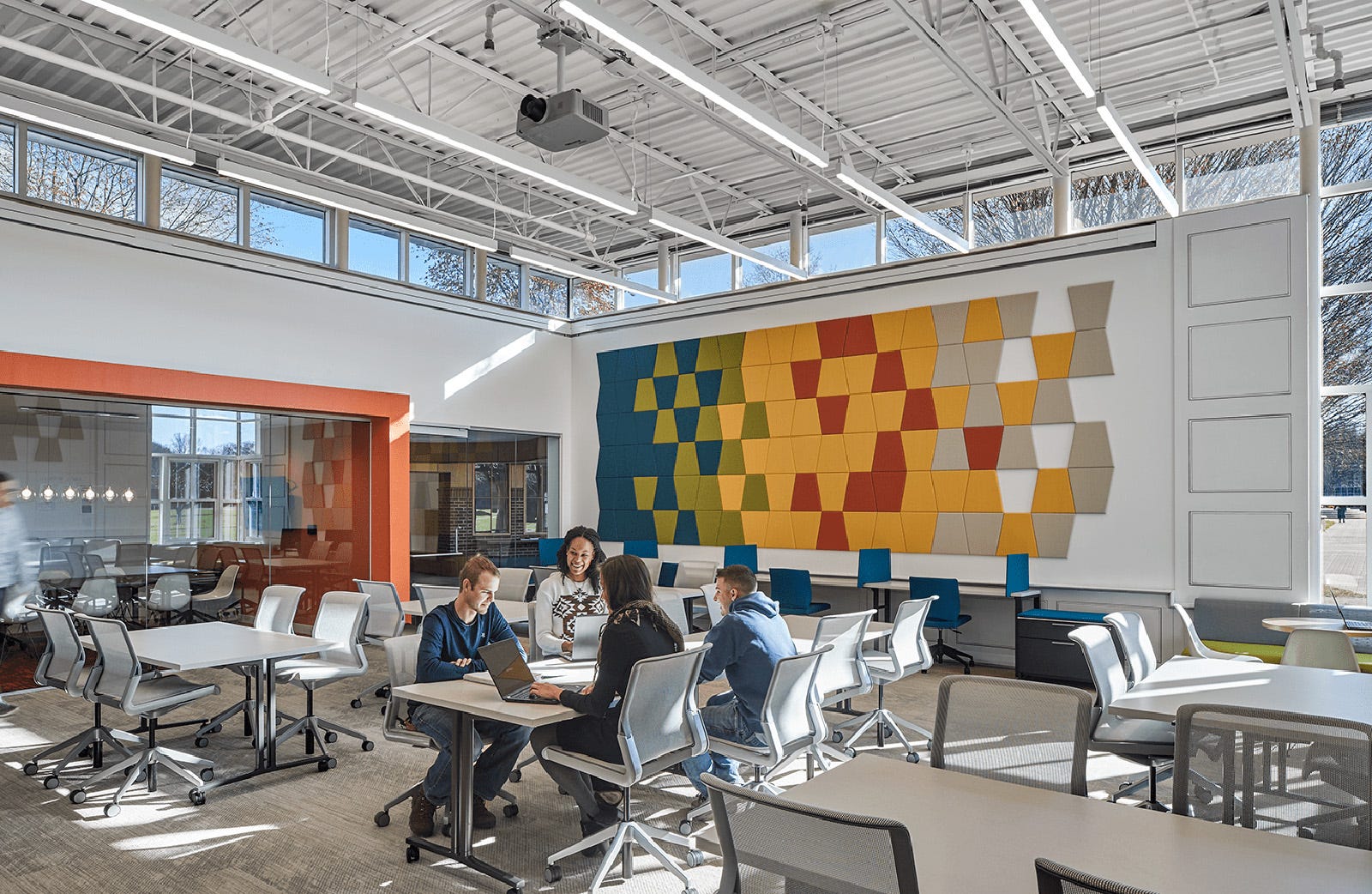

4. Emphasis on Health and Wellbeing
If there’s anything that a global public health crisis has taught us, it’s that our health is invaluable. Especially in spaces for education and learning, there is an urgency to make design choices that support advanced health protocols that are inherently healthier for humans. PVC and PFAS-Free textiles with anti-microbial properties approved for rigorous cleaning procedures have become even more desirable to make sure educational spaces can endure a potential health emergency and support long term physical health of the occupants.
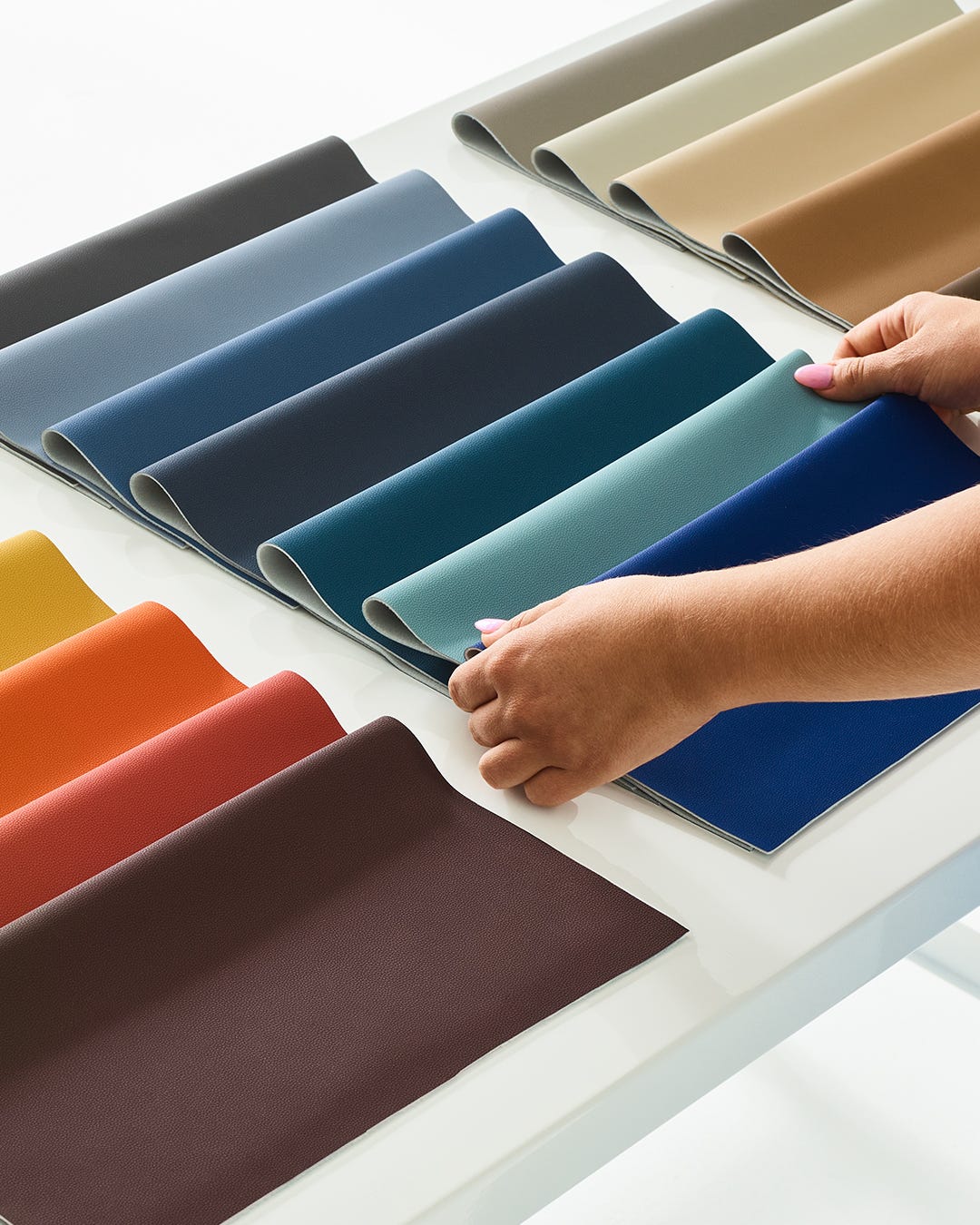

5. Sustainability and Education
Increased attention to material transparency and sustainability continues to be at the forefront of decision making. Economic pressures and a changing climate have only elevated designers' need for easier specification, and a desire to see brands commit to transparency and avoid greenwashing. Education designers want access to timely and relevant sustainability education in order to keep up with a changing regulatory landscape and make informed design decisions that are meant to support human health without negatively affecting the planet.
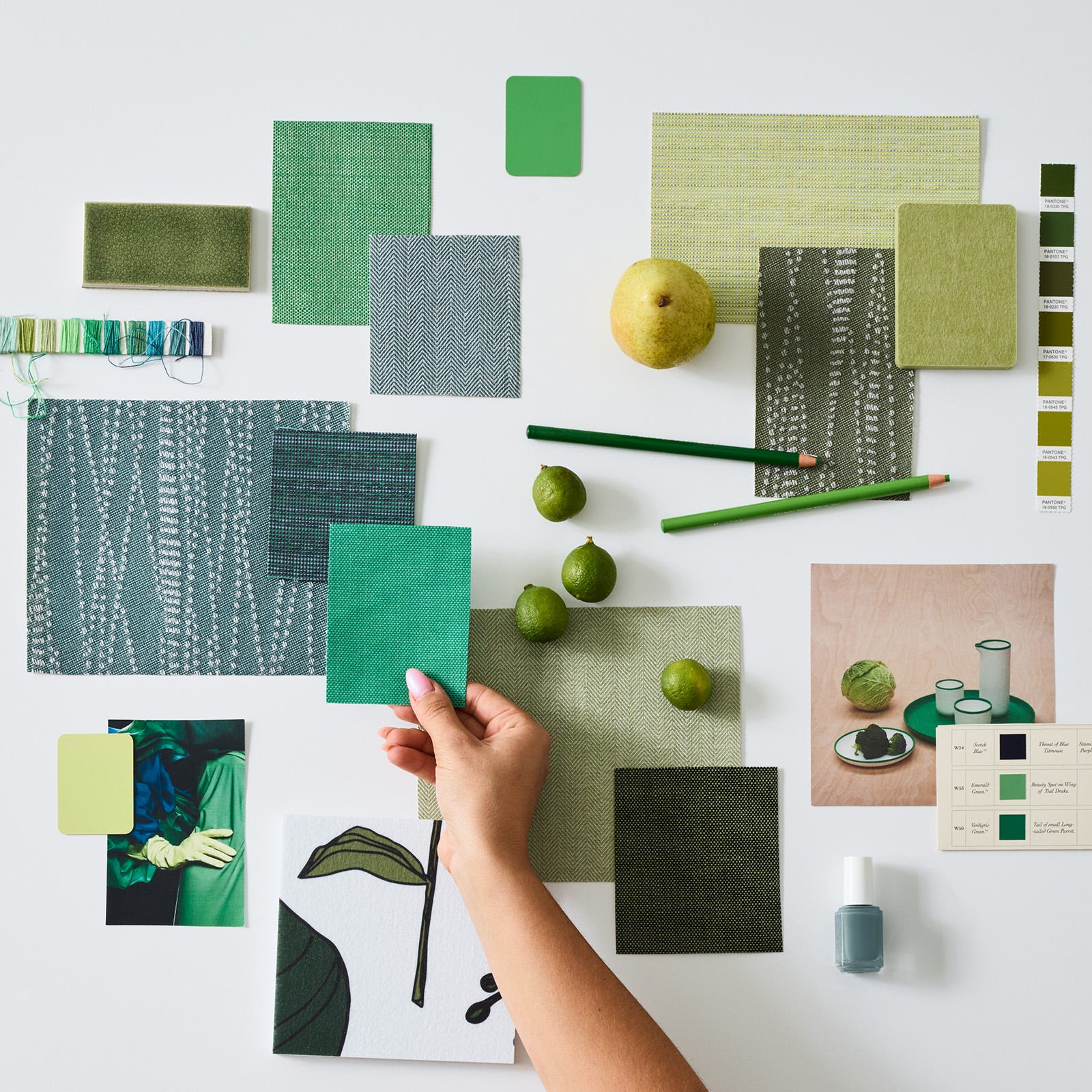

About the Author
Ariana DiPierno is a Senior Project Coordinator for Carnegie Design Services.
